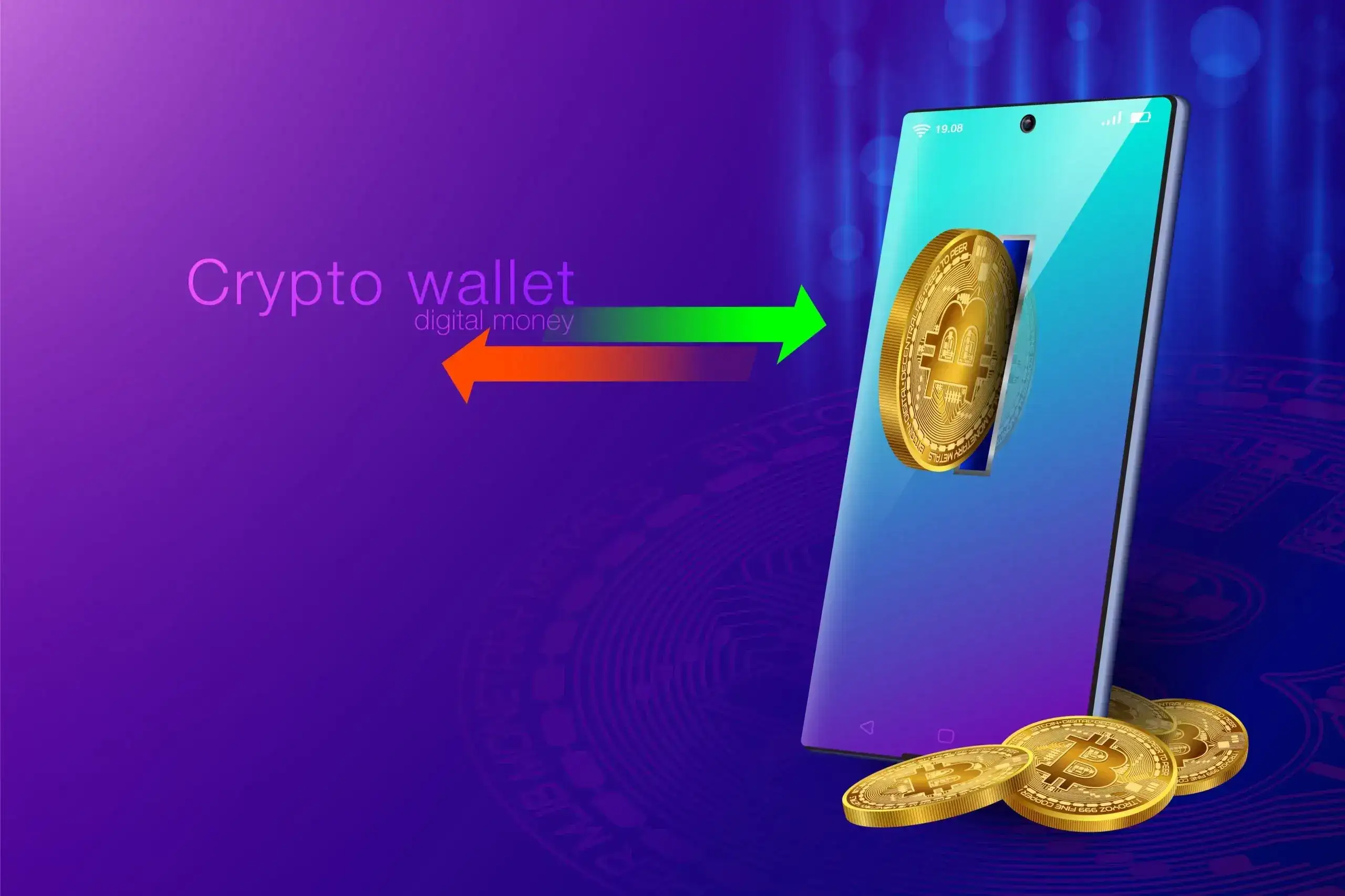In the ever-evolving world of cybersecurity, bug bounty programs have emerged as a vital tool for organizations to identify and rectify vulnerabilities in their systems. As a cybersecurity enthusiast, I jumped at the opportunity to participate in a bug bounty program, and I must say, the experience was both challenging and rewarding. In this article, I will share my journey, the lessons I learned, and the impact of these programs on the broader cybersecurity landscape.
The Initial Steps
Joining a bug bounty program is the first step in a thrilling adventure. I began by exploring various platforms like HackerOne, Bugcrowd, and Intigriti, which host bug bounty programs for different organizations. After selecting a program that aligned with my skills, I familiarized myself with the scope and rules. This foundational knowledge is crucial as it helps you understand the boundaries and expectations of the program.
Research and Preparation
Before diving into the actual testing, I dedicated considerable time to research. I studied the organization’s technology stack, infrastructure, and any previous security incidents. This helped me identify potential areas where vulnerabilities might exist. I also set up my testing environment, ensuring that I had all the necessary tools and resources at my disposal.
Key Tools and Resources
- Web Application Security Scanners: Tools like Burp Suite and OWASP ZAP are invaluable for automated vulnerability scanning.
- Code Review Tools: Platforms like SonarQube and WhiteSource help in identifying security issues in the codebase.
- Network Scanning Tools: Nmap and Wireshark are essential for network analysis and traffic monitoring.
- Documentation and Community: Forums like Stack Overflow and GitHub repositories provide valuable insights and solutions to common problems.
The Testing Phase
With my preparation complete, I began the testing phase. I started by conducting a thorough reconnaissance of the target application, identifying endpoints, and mapping the application’s structure. This involved both automated and manual testing methods. The automated tools helped me quickly identify common vulnerabilities, while manual testing allowed me to delve deeper and uncover more complex issues.
Vulnerabilities Found
- Cross-Site Scripting (XSS): I discovered several instances where user input was not properly sanitized, leading to potential XSS attacks.
- SQL Injection: In some cases, I found that the application was vulnerable to SQL injection attacks, allowing me to manipulate the database.
- Broken Authentication: I identified flaws in the authentication mechanism, which could be exploited to gain unauthorized access to user accounts.
- Insecure Direct Object References (IDOR): I found endpoints that exposed sensitive information without proper access controls.
Reporting and Communication
Once I identified vulnerabilities, the next step was to report them to the organization. Clear and detailed reports are essential for effective communication. I made sure to include the following elements in my reports:
- Description of the Vulnerability: A clear explanation of what the vulnerability is and how it can be exploited.
- Steps to Reproduce: A step-by-step guide for the organization to reproduce the issue.
- Impact: An assessment of the potential impact of the vulnerability on the organization and its users.
- Recommendations: Suggestions for mitigating the vulnerability and improving overall security.
Effective communication is key. I maintained a professional and collaborative approach, providing constructive feedback and being open to feedback from the organization.
The Rewards
Participating in a bug bounty program can be highly rewarding, both financially and professionally. Many organizations offer monetary rewards for valid vulnerability reports, which can range from a few hundred to several thousand dollars. Beyond the financial incentives, the experience itself is invaluable. It provides hands-on experience in ethical hacking, enhances your problem-solving skills, and builds a strong portfolio of security expertise.
The Challenges
While the rewards are significant, the challenges should not be overlooked. The process can be time-consuming and requires a deep understanding of security principles. Some common challenges include:
- Complexity of Modern Applications: Modern web applications are highly complex, with multiple layers of security and intricate architectures.
- Competition: Bug bounty programs attract many talented security researchers, making it challenging to find and report vulnerabilities before others do.
- Rules and Scope: Adhering to the rules and scope of the program is crucial to avoid legal and ethical issues.
The Impact on Cybersecurity
Bug bounty programs play a significant role in improving the overall security posture of organizations. By engaging the security research community, these programs help organizations identify and address vulnerabilities before they can be exploited by malicious actors. This collaborative approach fosters a culture of continuous improvement and innovation in the field of cybersecurity.
Conclusion
My experience with a bug bounty program has been a transformative journey. It has not only enhanced my technical skills but also deepened my understanding of the importance of ethical hacking in the digital age. If you are a cybersecurity enthusiast looking to make a meaningful impact, I highly recommend participating in bug bounty programs. The challenges are real, but the rewards and the sense of contribution to a safer digital world are truly gratifying.









